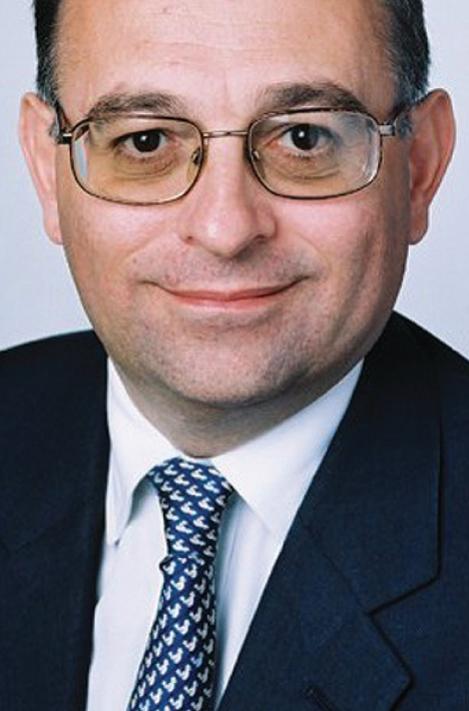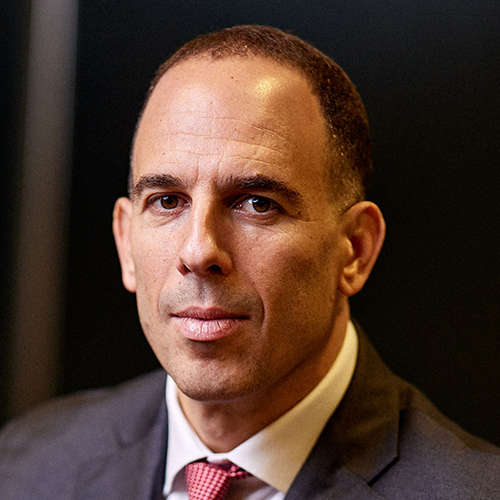 |
|
| Lomas: We adopt a risk factor approach to asset allocation |
Over the past 20 years, one of the most notable trends in investing is the shift of investment performance responsibility towards the ultimate beneficial owner of the assets, observes Jervis Smith, managing director and Asia-Pacific head of client sales management, securities and fund services, at Citi. In pension schemes, this can be seen in the move from defined benefit to defined contribution plans as well as from state and employer-sponsored retirement systems to individuals saving for their own retirement.
Fund managers and asset servicing providers have warmed to the idea that end-investors care more about absolute than relative performance. Indices, for example, are now used more for asset allocation purposes, than to appraise the performance of third-party managers.
The overall direction is “towards what the purpose of savings is: a 20x annual drawdown target for retirement or, if running an insurance portfolio, your asset-liability model” and “more towards customized indices”, says Smith.
In pursuing a target return to meet future expected liabilities, investors focus on managing risks, minimizing the costs involved and expanding the universe of asset classes where funds are invested.
The higher correlation between asset classes witnessed over the past decade makes asset allocation decisions even more difficult, especially in an environment of higher interest rates. Many investors are now looking to combine both passive and active asset management approaches to achieve their objectives.
In this regard, asset allocation models using exchange-traded funds have become an increasingly important mechanism to penetrate the market further, notes Frank Henze, Asia head of State Street’s SPDR ETF business. At the same time, risk management overlays are required to protect the portfolio in times of market downturns.
Fortunately, fund managers are now better equipped than before in analyzing a growing tide of data. “We have more than 3,000 risk factors in our risk system that we’re able to isolate and stress,” says David Lomas, head of BlackRock’s global financial institutions group. “We adopt a risk factor approach to asset allocation,” he explains, which means seeking “more insight into the types of scenarios that can play out, and what the possible consequences will be for portfolios.”
 |
|
| Hanze: ETFs are important investment too for asset allocation solution |
Dominant risk
China’s decision to tolerate slower growth as it restructures the economy will definitely have a huge impact on the investment environment, and so will the rising interest rate regime in the US.
In Taiwan, for example, insurers consider interest rate as the dominant risk in their overseas investments as their major allocation is on US credit and fixed income, says Lomas. “When we stress the portfolio and the index as a proxy, 97% of the risk is interest rate risk,” he adds.
In fact, insurance companies are increasingly turning to ETFs to help implement their investment strategies. “ETFs have been particularly used to boost yields as investment returns have come under pressure,” comments Henze.
“The growth in fixed income ETFs has provided insurers with greater ability to tap the fixed income markets with a much greater degree of precision,” he observes.
Fixed income ETFs are now segmented by maturity, currency and credit quality, allowing insurers greater flexibility in meeting their liability and growth aims.
Says BlackRock’s Lomas: “If you have a US$30 million asset pool in a legal entity of an insurance company, do you want 150 line items of securities in a separate account with custody costs, management, due diligence and reporting? Or is it, for that small portfolio, more efficient to have three or four ETFs with a key rate or spot durations across the curve that meet your cash-flow profile?”
In Taiwan, low interest rates spur its insurers to be among the most active in the region in looking for investment opportunities abroad.
When it comes to 10-year interest rates, Japan, Hong Kong and Taiwan have lower rates than the US, says Lomas. But China and Korea have higher 10-year rates than the US, prompting insurers there to rely more on the domestic market for yield in core fixed income assets, while focusing their overseas investment on other asset classes such as equity.
Overseas allocations run at around 40%, 16% and 6% for Taiwanese, Japanese and Korean insurance companies, respectively, according to Lomas. That’s close to the maximum level allowed by regulators in Taiwan and Japan, but far from it in Korea’s case.
 |
|
| Smith: Many investors are deploying a “beta-based strategy” |
Diversifying exposure
The low yield environment, along with the accommodative monetary policy, has encouraged long-term investors to diversify asset exposures. Their growing familiarity with various investment options has also allowed them to expand passive investment beyond equity, to areas such as high-yield fixed income.
“Due to their flexibility and liquidity, ETFs have become an important investment tool for asset allocation solutions, helping insurance companies achieve their investment return targets as well as helping them with asset-liability matching,” says State Street’s Henze.
Liquidity and wide asset class coverage are the main drivers for further use of ETFs by institutional clients, allowing them to respond to changes in market conditions, he adds.
“ETFs are, in effect, a very economical way to quickly rebalance a portfolio, equitize some cash, quickly invest into something and diversify,” notes Antoine de Saint Vaulry, Commerzbank’s deputy head of equity derivatives trading in Asia.
At the same time, investors are moving beyond straightforward passive investment. Citi’s Smith sees many of them deploying a “beta-based strategy” but using a risk management overlay such as a foreign exchange overlay. There is also increasing use of value-oriented indices rather than market cap indices, he says, referring to the standard weighting of indices according to the market capitalization of component companies.
More sophisticated
Building a portfolio from the bottom up involves deciding what to add to the portfolio, while top down, the decision is more about what to leave out. Asset allocators want to get exposure to a benchmark index but take out certain elements of risk or stocks that they think are overvalued, says Smith.
He describes the approach as smart beta 2.0, “a more sophisticated smart beta type of approach – particularly in risk management”.
Smart beta, also known as advanced or active beta, represents a more active approach to passive investing by tracking an index tilted towards a risk factor, such as low valuation or low volatility.
Such strategies are increasingly being adopted in place of active strategies. A recent survey found that institutional investors are 3x more likely to fund advanced beta allocations from that part of the portfolio devoted to active rather than passive investment.
Whether allocating to active, passive or active passive strategies, the key is “to really diversify asset exposures so intended risks are in the portfolio rather than unintended risks”, says Lomas.
“Investors must manage the risk and potential reward through their choice of portfolio holdings,” adds Douglas Yones, Vanguard’s head of ETFs in Asia. “In addition to combining active and index strategies, investors should consider diversifying their asset allocation,” he urges.





.jpg)
.jpg)


